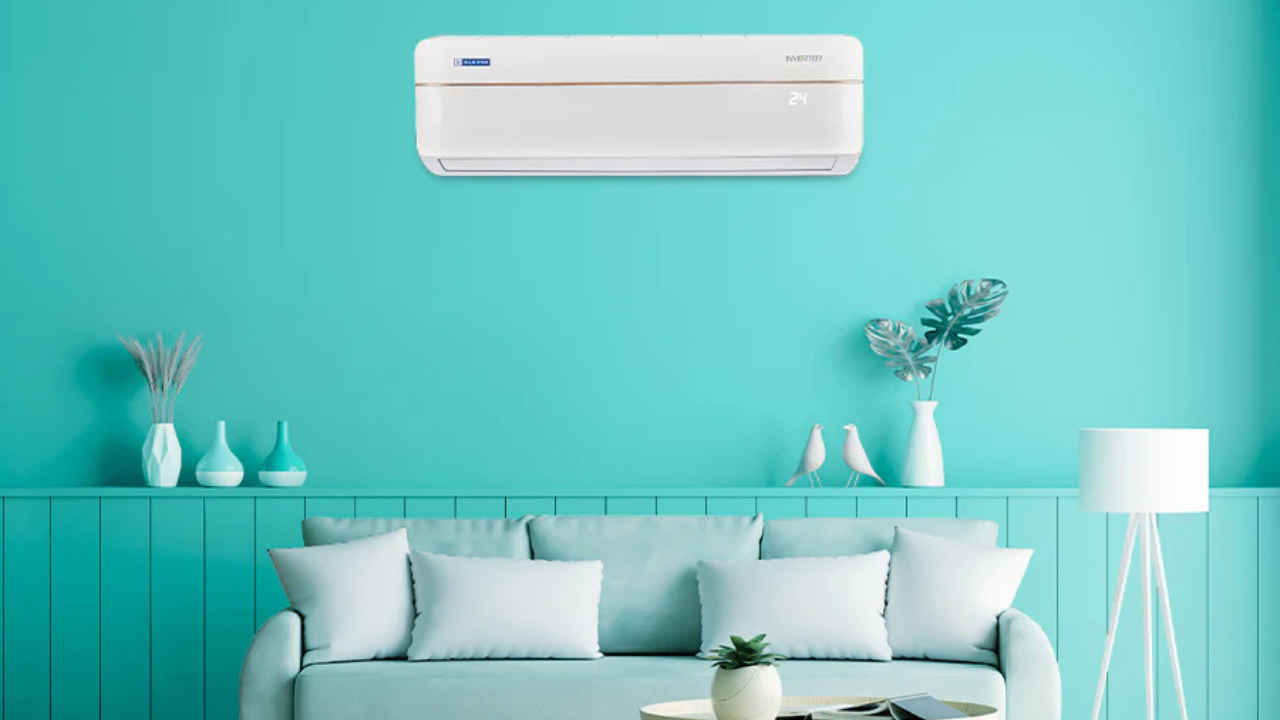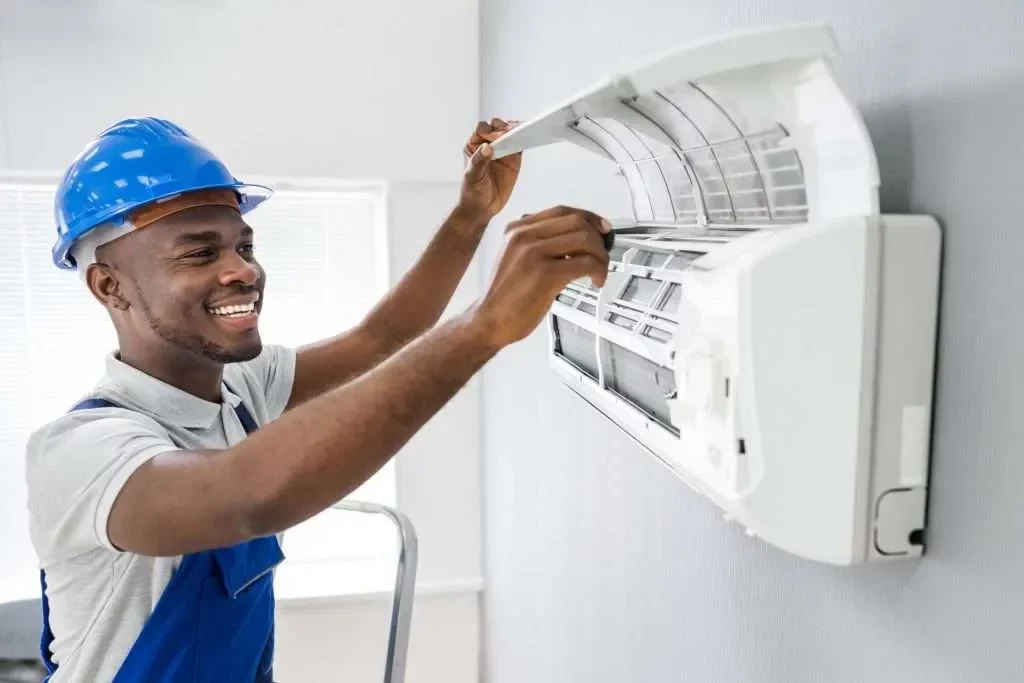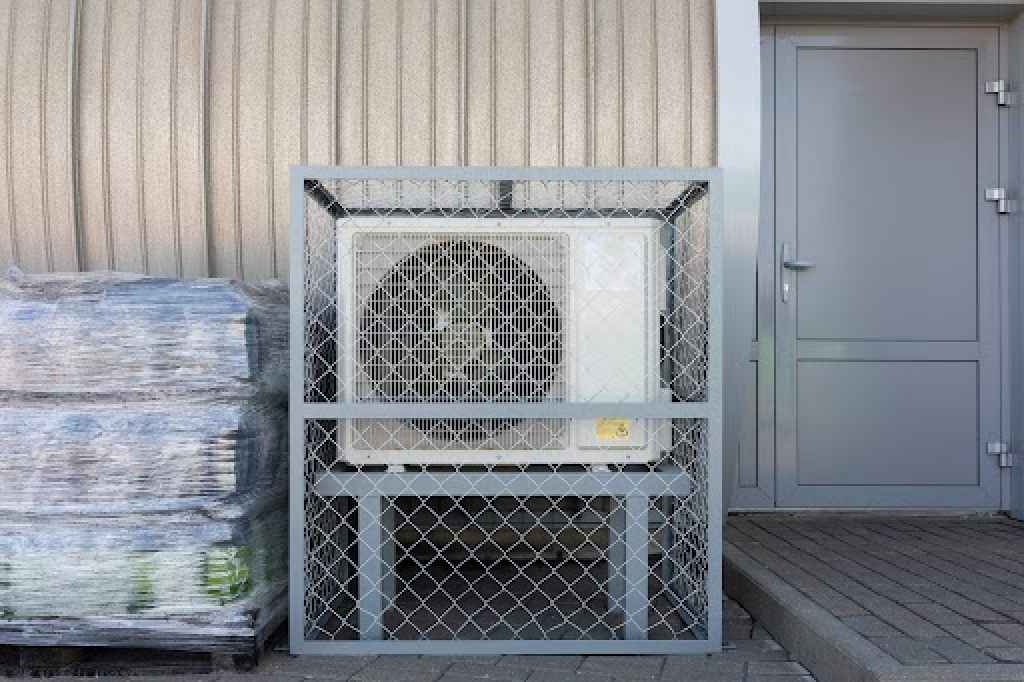Save money on your AC bills: 8 energy-efficiency tips for Indian summers

With every passing year, the heat waves seem to last longer, and thanks to climate change, they’re getting even more intense. Naturally, air conditioners have gone from being a luxury to an absolute necessity. But as comforting as that cold blast of air is, the electricity bill that follows can be equally shocking. But, you don’t have to choose between melting in the heat and draining your wallet. With the right energy-efficient practices, you can keep your home cool without burning through your budget. Here are five expert-backed tips to help you lower your AC bills this summer.
 Survey
SurveyRegular AC Maintenance
Just as a well-oiled machine runs smoothly, a well-maintained AC operates more efficiently. Over time, dust and debris accumulate in filters and coils, hindering performance and causing the system to work harder, thereby consuming more energy. Scheduling professional maintenance, ideally during the spring, ensures your AC is in top shape before the peak summer months. Male sure to provide the technicians with soft water, perhaps from your water purifier, to clean your AC. Technicians will inspect for potential issues, clean components, check refrigerant levels, and flush the drain line to prevent water damage.

Upgrade to an Inverter AC
Traditional ACs operate on a fixed-speed compressor, which can be energy-intensive. Inverter technology, on the other hand, allows the compressor to adjust its speed based on the cooling demand, resulting in significant energy savings, especially in the non-peak months. Variable-speed compressors modulate from as low as 15% up to 100% capacity, making them up to 58% more efficient than fixed-speed systems. Investing in an inverter AC can lead to substantial reductions in your electricity bills over time.
Turn off the AC from the mains
Turning off the air conditioner from the main power source, rather than just using the remote control, helps to eliminate ‘idle load’ and prevent unnecessary electricity wastage. Many users habitually turn off their ACs using the remote, unaware that this often leaves the compressor in an idle state, ready to start immediately when the AC is turned back on. This ‘idle load’ consumes electricity even when the AC is not actively cooling. Switching off the main power source completely eliminates this wastage.
Reduce the heat load of your home
Timing the heat-generating appliances such as ovens and stoves to avoid peak cooling hours can help reduce the overall heat load in your home, making it easier for the air conditioner to maintain a comfortable temperature without overworking. This simple adjustment in daily routines can have a noticeable impact on energy consumption during the summer months.
Outdoor Unit Placement
Positioning the outdoor unit in a shaded area, away from direct sunlight and rain, can help prevent overheating and improve the overall efficiency and lifespan of the AC system. Direct sunlight can cause the outdoor unit to overheat, making it work harder to dissipate heat and reducing its efficiency. Rain can also damage the unit over time. Providing shade, such as under an awning or in a naturally shaded spot, helps the unit operate more effectively.
In India, it is generally preferable to install the outdoor unit facing the North or East, as these directions receive less direct sunlight throughout the day compared to the South and West

Prome insulation and heavy curtains
Proper insulation plays a pivotal role in maintaining indoor temperatures. Sealing gaps around windows, doors, and ductwork prevents cool air from escaping and hot air from entering, reducing the workload on your AC. Also, adding thermal insulation to walls and roofs (especially on top floors) can reduce heat gain by up to 50%. Using heavy curtains or blinds can further block out heat during the day. These improvements not only enhance comfort but also lead to considerable energy savings
Optimise Temperature Settings
Setting your thermostat to an optimal temperature can greatly influence energy consumption. A comfortable yet efficient setting during Indian summers is around 24-26°C. Each degree lower can increase energy usage by up to 10%. Utilizing a programmable thermostat allows you to set higher temperatures when you’re not at home and cool the house before your return, ensuring comfort without unnecessary energy expenditure.
Utilize Ceiling Fans and Natural Ventilation
Before turning on the AC, the room might be filled with hot, stagnant air. By first ventilating the space using natural airflow and fans, much of this hot air can be removed. This reduces the initial heat load that the AC has to handle. Ceiling fans also complement your AC by circulating cool air more effectively, allowing you to set a higher temperature without compromising comfort. Leveraging natural ventilation during cooler parts of the day, such as early mornings and evenings, can reduce the need for continuous AC usage. Opening windows to create cross-ventilation is a healthy practice that can expel hot air and invite cooler air inside, resulting in a comfortable indoor environment naturally.
Team Digit
Team Digit is made up of some of the most experienced and geekiest technology editors in India! View Full Profile